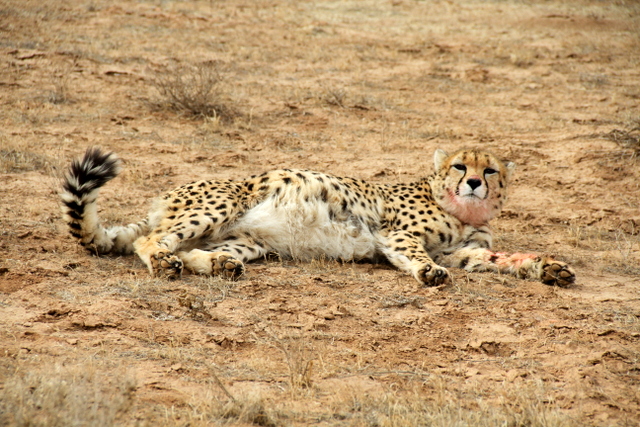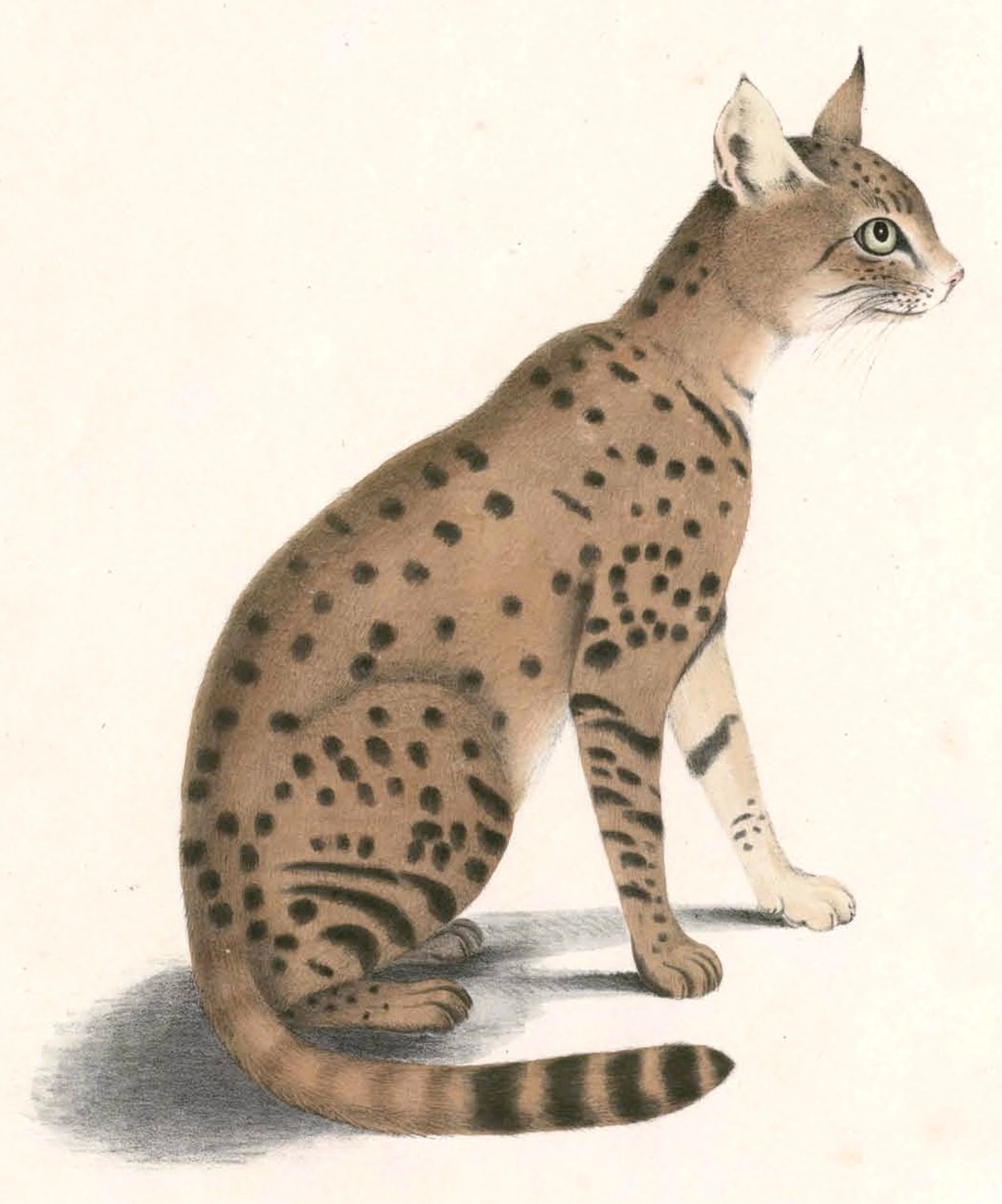|
Badkhyz Nature Reserve
The Badhyz State Nature Reserve is a protected area (zapovednik) in south-western Turkmenistan that was established in 1941 and extends over in the Mary and Akhal Provinces. It is located south of the Karakum Desert, and the Tejen River forms its western border.Kaczensky, P. and Linnell, J. D. C. (2014). Rapid assessment of the mammalian community of the Badhyz Ecosystem, Turkmenistan, October 2014. NINA Report 1148. Trondheim: Norwegian Institute for Nature Research. Its landscape comprises solitary or groups of foothills, ranging in height from 20 to 200 m. The average annual precipitation of the reserve is about 280 mm, with a maximum of 420 mm and a minimum of 130 mm. Its short spring is followed by a long hot summer with 4–5 months of hot weather and little cooling winds. It also incorporates three wildlife sanctuaries ( zakaznik), which were established in 1956: * Çemenebit Sanctuary * Gyzyljar Sanctuary * Pulhatyn Sanctuary Fauna The Badhyz State Na ... [...More Info...] [...Related Items...] OR: [Wikipedia] [Google] [Baidu] |
Mary Province
Mary Region ( tk, Mary welaýaty, Мары велаяты) is one of five provinces in Turkmenistan. It is located in the south-east of the country, bordering Afghanistan. Its capital is the city of Mary. Its area is and population 1,480,400 (2005 est.).''Statistical Yearbook of Turkmenistan 2000–2004'', National Institute of State Statistics and Information of Turkmenistan, Ashgabat, 2005. The average population density is about 15 persons per square kilometer, but it reaches 150–200 per square kilometer in the most developed oases. In 2000, Mary Region accounted for 23% of Turkmenistan's population, 19% of the total number of employed, 26% of agricultural production (by value), and 21% of the country's total industrial production. The region's industries include natural gas extraction (the Galkynysh Gas Field), electric power generation, textiles, carpet weaving, chemical and food industry. In 2001 it accounted for 74% of Turkmenistan's electricity generation 26% of natu ... [...More Info...] [...Related Items...] OR: [Wikipedia] [Google] [Baidu] |
Urial
The urial ( ; ''Ovis vignei''), also known as the arkars or shapo, is a wild sheep native to Central and South Asia. It is listed as Vulnerable on the IUCN Red List. Characteristics Urial males have large horns, curling outwards from the top of the head turning in to end somewhere behind the head; females have shorter, compressed horns. The horns of the males are up to long. The shoulder height of an adult male urial is between . Distribution and habitat The urial is native to montane areas in the Pamir Mountains, Hindu Kush and Himalayas up to an elevation of ; it is distributed from northeastern Iran, Afghanistan, Turkmenistan, Tajikistan, Uzbekistan and southwestern Kazakhstan to northern Pakistan and Ladakh in northwestern India. It prefers grassland, open woodland and gentle slopes, but also inhabits cold arid zones with little vegetation. Behaviour and ecology The mating season begins in September. Rams select four or five ewes, which give birth to a lamb after a ... [...More Info...] [...Related Items...] OR: [Wikipedia] [Google] [Baidu] |
Nature Reserves In Turkmenistan
Nature, in the broadest sense, is the physical world or universe. "Nature" can refer to the phenomena of the physical world, and also to life in general. The study of nature is a large, if not the only, part of science. Although humans are part of nature, human activity is often understood as a separate category from other natural phenomena. The word ''nature'' is borrowed from the Old French ''nature'' and is derived from the Latin word ''natura'', or "essential qualities, innate disposition", and in ancient times, literally meant "birth". In ancient philosophy, ''natura'' is mostly used as the Latin translation of the Greek word ''physis'' (φύσις), which originally related to the intrinsic characteristics of plants, animals, and other features of the world to develop of their own accord. The concept of nature as a whole, the physical universe, is one of several expansions of the original notion; it began with certain core applications of the word φύσις by pre-Socr ... [...More Info...] [...Related Items...] OR: [Wikipedia] [Google] [Baidu] |
Biological Dispersal
Biological dispersal refers to both the movement of individuals (animals, plants, fungi, bacteria, etc.) from their birth site to their breeding site ('natal dispersal'), as well as the movement from one breeding site to another ('breeding dispersal'). Dispersal is also used to describe the movement of propagules such as seeds and spores. Technically, dispersal is defined as any movement that has the potential to lead to gene flow. The act of dispersal involves three phases: departure, transfer, settlement and there are different fitness costs and benefits associated with each of these phases. Through simply moving from one habitat patch to another, the dispersal of an individual has consequences not only for individual fitness, but also for population dynamics, population genetics, and species distribution. Understanding dispersal and the consequences both for evolutionary strategies at a species level, and for processes at an ecosystem level, requires understanding on th ... [...More Info...] [...Related Items...] OR: [Wikipedia] [Google] [Baidu] |
Asiatic Cheetah
The Asiatic cheetah (''Acinonyx jubatus venaticus'') is a critically endangered cheetah subspecies currently only surviving in Iran. It once occurred from the Arabian Peninsula and the Near East to the Caspian region, Transcaucasus, Kyzylkum Desert and northern South Asia, but was extirpated in these regions during the 20th century. The Asiatic cheetah diverged from the cheetah population in Africa between 32,000 and 67,000 years ago. The Asiatic cheetah survives in protected areas in the eastern-central arid region of Iran, where the human population density is very low. Between December 2011 and November 2013, 84 individuals were sighted in 14 different protected areas, and 82 individuals were identified from camera trap photographs. In December 2017, fewer than 50 individuals were thought to be remaining in three subpopulations that are scattered over in Iran's central plateau. As of January 2022, the Iranian Department of Environment estimates that only 12 Asiatic cheet ... [...More Info...] [...Related Items...] OR: [Wikipedia] [Google] [Baidu] |
Asiatic Wildcat
The Asiatic wildcat (''Felis lybica ornata''), also known as the Asian steppe wildcat and the Indian desert cat, is an African wildcat subspecies that occurs from the eastern Caspian Sea north to Kazakhstan, into western India, western China and southern Mongolia. There is no information on current status or population numbers across the Asiatic wildcat's range as a whole, but populations are thought to be declining. Taxonomy ''Felis ornata'' was the scientific name used by John Edward Gray in the early 1830s as a caption to an illustration of an Indian wildcat from Thomas Hardwicke's collection. In subsequent years, several naturalists described spotted wildcat zoological specimens from Asian range countries and proposed names, including the following: *''Chaus caudatus'' by Gray in 1874 was a skin and skull from the Bukhara Region in Uzbekistan. *''Felis shawiana'' by William Thomas Blanford in 1876 was a pale wildcat skin from Yarkand in Xinjiang, western China. *''Felis ( ... [...More Info...] [...Related Items...] OR: [Wikipedia] [Google] [Baidu] |
Grey Wolf
The wolf (''Canis lupus''; : wolves), also known as the gray wolf or grey wolf, is a large canine native to Eurasia and North America. More than thirty subspecies of ''Canis lupus'' have been recognized, and gray wolves, as popularly understood, comprise wild subspecies. The wolf is the largest extant member of the family Canidae. It is also distinguished from other ''Canis'' species by its less pointed ears and muzzle, as well as a shorter torso and a longer tail. The wolf is nonetheless related closely enough to smaller ''Canis'' species, such as the coyote and the golden jackal, to produce fertile hybrids with them. The banded fur of a wolf is usually mottled white, brown, gray, and black, although subspecies in the arctic region may be nearly all white. Of all members of the genus ''Canis'', the wolf is most specialized for cooperative game hunting as demonstrated by its physical adaptations to tackling large prey, its more social nature, and its highly adva ... [...More Info...] [...Related Items...] OR: [Wikipedia] [Google] [Baidu] |
Persian Leopard
''Panthera pardus tulliana'' is a leopard subspecies native to the Iranian Plateau and surrounding areas encompassing Turkey, the Caucasus, Azerbaijan, Georgia, Armenia, Iraq, Iran, Turkmenistan, Afghanistan and possibly Pakistan. Since 2016, it has been listed as Endangered on the IUCN Red List, as the wild population is estimated at less than 1,000 mature individuals. Common names used for ''P. p. tulliana'' include Persian leopard, Caucasian leopard, Anatolian leopard, Asia Minor leopard and Balochistan leopard. Taxonomy ''Felis tulliana'' was the scientific name proposed by Achille Valenciennes in 1856, who described a skin and skull from a leopard killed near Smyrna, in western Turkey. In the 19th and 20th centuries, several naturalists described leopard zoological specimens from the Middle East: *''Felis pardus tulliana'' was proposed by Richard Lydekker in 1899 after examining a leopard skin from the Caucasus. *''Felis ciscaucasica'' was proposed by Konstantin Alekse ... [...More Info...] [...Related Items...] OR: [Wikipedia] [Google] [Baidu] |
Red Fox
The red fox (''Vulpes vulpes'') is the largest of the true foxes and one of the most widely distributed members of the Order (biology), order Carnivora, being present across the entire Northern Hemisphere including most of North America, Europe and Asia, plus parts of North Africa. It is listed as least concern by the IUCN. Its range has increased alongside human expansion, having been Foxes in Australia, introduced to Australia, where it is considered harmful to native mammals and bird populations. Due to its presence in Australia, it is included on the list of the List of the world's 100 worst invasive species, "world's 100 worst invasive species". The red fox originated from smaller-sized ancestors from Eurasia during the Middle Villafranchian period, and colonised North America shortly after the Wisconsin glaciation. Among the true foxes, the red fox represents a more progressive form in the direction of Carnivore, carnivory. Apart from its large size, the red fox is disting ... [...More Info...] [...Related Items...] OR: [Wikipedia] [Google] [Baidu] |
Wild Boar
The wild boar (''Sus scrofa''), also known as the wild swine, common wild pig, Eurasian wild pig, or simply wild pig, is a suid native to much of Eurasia and North Africa, and has been introduced to the Americas and Oceania. The species is now one of the widest-ranging mammals in the world, as well as the most widespread suiform. It has been assessed as least concern on the IUCN Red List due to its wide range, high numbers, and adaptability to a diversity of habitats. It has become an invasive species in part of its introduced range. Wild boars probably originated in Southeast Asia during the Early Pleistocene and outcompeted other suid species as they spread throughout the Old World. , up to 16 subspecies are recognized, which are divided into four regional groupings based on skull height and lacrimal bone length. The species lives in matriarchal societies consisting of interrelated females and their young (both male and female). Fully grown males are usually solitary ... [...More Info...] [...Related Items...] OR: [Wikipedia] [Google] [Baidu] |


.jpg)



.png)

.jpg)